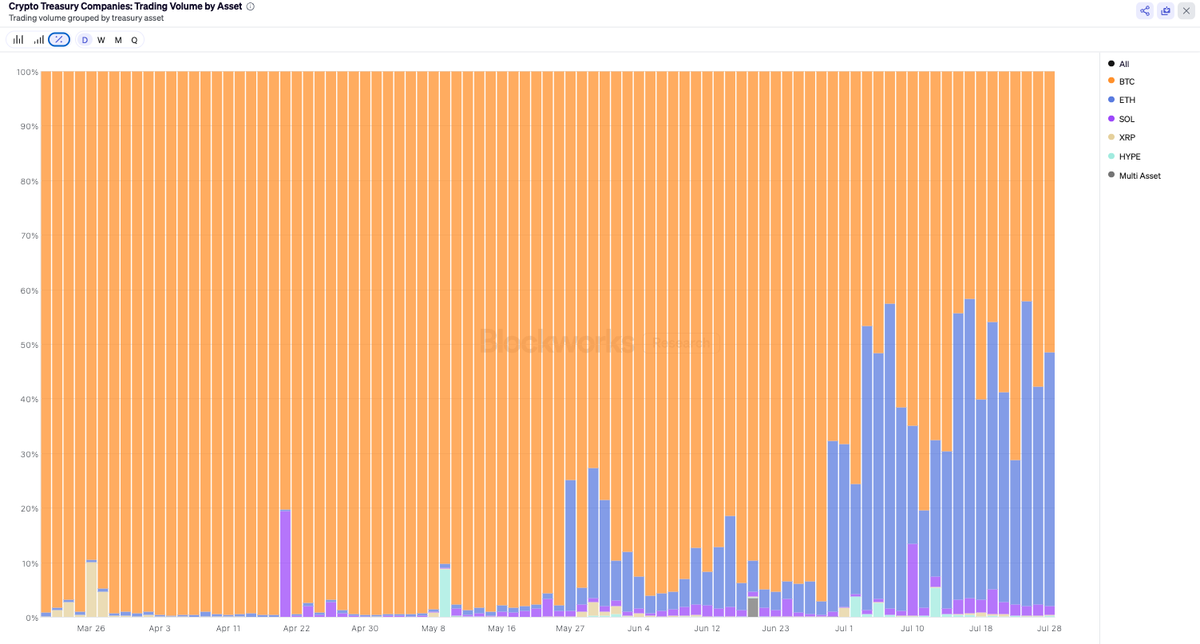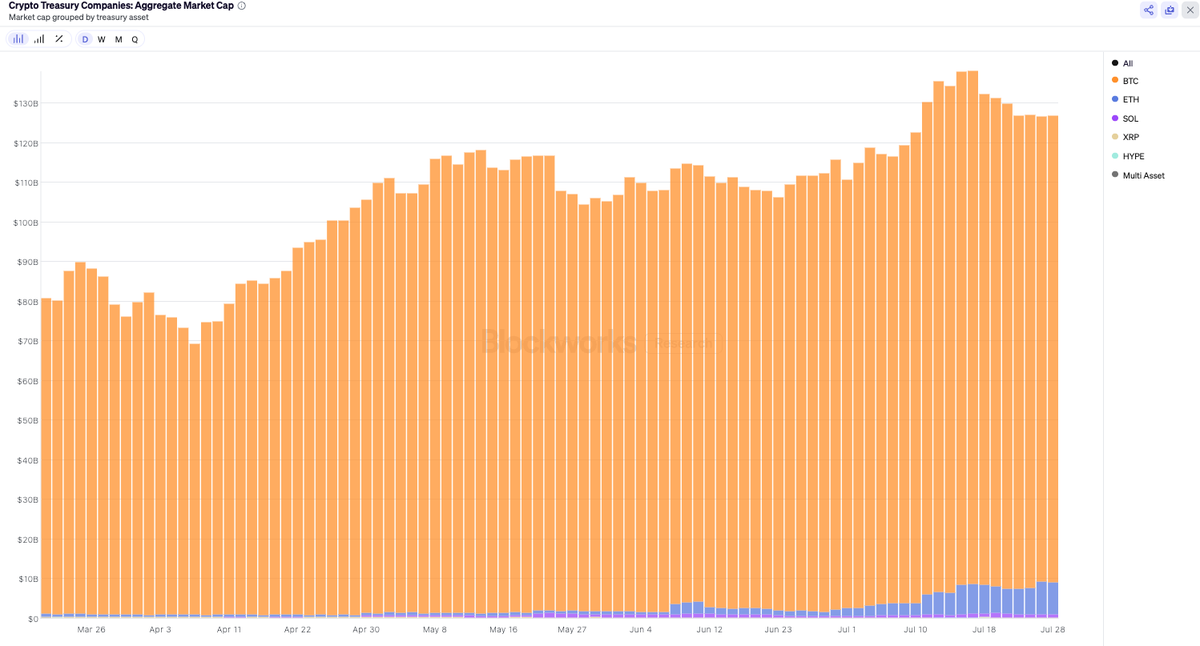IBIT Options Trading Recap!
Today marks the historic Day 1 of BTC ETF options launch. It did not disappoint, with over $1.86Bn in notional traded! There were some notable takeaways in my opinion, so here is a quick thread on the Top 10 Most Interesting Observations I made 👇
Today marks the historic Day 1 of BTC ETF options launch. It did not disappoint, with over $1.86Bn in notional traded! There were some notable takeaways in my opinion, so here is a quick thread on the Top 10 Most Interesting Observations I made 👇
1/ Just as we expected, the market launched with a beautiful “volatility smile” quickly established by 945AM and for the rest of the day. In fact, the smile got even wider throughout the day, finishing with higher wings by EoD. 

2/ But the path was not totally straight forward, and the below BVIV Index from @volmexfinance is representative of the IV move for IBIT options throughout the day as well, where there were two local peaks and a creep down by the end. More interestingly, it did NOT match the upward sloping BTC price movement (then down) in a predictable way. 👀

3/ The most heavily traded contract was 01/17/24 C55, which traded 40k+! Most noteworthy to me, however, was it has already surpassed the position limit of 25k. As I shared yesterday the 25k limit is too small relative to the deep liquidity IBIT has demonstrated over the months.

4/ And so while that contract got a lot of attention today, the one that I was personally most intrigued by was actually the 12/20/24 C100, which was the most heavily traded contract with the least amount of delta - at 3%! This is a true lottery ticket, and the implied vol cleared at 105%. Even more interesting was how heavy the volume was at the first hour of the market open. It means a serious investor was loading it up at 10AM, and the price steadily increased with vol getting bid up. This was likely the been the biggest vega opportunity of the day.



5/ Another thing to note is if you look at the Top 10 securities by Calls traded ranked by change in Open Interest, BITI (short BTC ETF) comes up! Its OI went up by 100% (albeit smaller denominator) but I thought it was interesting especially given most of it was calls. Could be a vol arb play.

6/ The Put/call ratio demonstrated an overwhelming interest in upside calls vs downside puts, at something like 0.23. However, what is even more interesting is if you segment it by Expiry Date. Once you do that, you can see that the P/C ratio meaningfully decreases as you go out further in tenor - where The Jan26/27 contracts show a put call ratio of 0.08! That means there is roughly a 10x imbalance for upside.

7/ Most of these are in fact call buying with C100 leading the way, collectively trading over 10k contracts together in those maturity buckets. In fact, another way to view this imbalance is by seeing the bubble charts of those two expiries. Unlike the other chains, you can see by the outsized bubble on the right that deep OTM calls were massively bid.



8/ You can also observe for those expiries, the vol is being bid pretty much throughout the day. In fact, if you look at the last hour of the trading day, as Bitcoin spot comes in, vol stays elevated as the price holds up. 

9/ So what does this all mean? It confirms what @fejau already shared intraday. And the rationale for this is actually quite logical as I explained below: "option margining favors bettors of very improbable and long-dated events" ie. OTM leap calls! 
https://x.com/fejau_inc/status/1858950712354591069

10/ And I couldn't post this thread with referencing $MSTR, which has been the killer trade of the past 2 days. Many people thought that the launch of IBIT options would curtail options trading in MSTR, but today would have proven you completely wrong. In fact, MSTRs vol decoupled with Bitcoin meaningfully in the last hour, where it closed even higher than where we started in the day. We'll need a few more observation period to see where we stabilize but one thing so far is clear: MSTR is in its own league.

11/ Lastly, PSA that $BITB options go live tomorrow! It will be another option chain alongside IBIT and others for investors to consider before buying/selling and determining where the best value may lie. I continue to remain convicted that the 'non-institutional' trading will happen on non-IBIT ETFs, and therefore there may be more opportunities for professional retail investors. I wil try to cover what I see on this tomorrow.
See you all on the other side. 🫡
x.com/HHorsley/statu…
See you all on the other side. 🫡
x.com/HHorsley/statu…
12/ also quick shoutout to multicoin and @SpencerApplebau @davijlu on pushing the frontier of what based prime brokerage could look like beyond our wildest dreams. perfect timing with the launch of ETF options challenging these very capital efficiency questions + SOL nearing highs to mark a remarkable 7y journey. Kudos to team

BITB Disclosures & Prospectus: BITB is not an investment company registered under the Investment Company Act of 1940 and is not afforded its protections. BITB is not suitable for all investors. BITB is subject to significant risk and heightened volatility.bitbetf.com/welcome
• • •
Missing some Tweet in this thread? You can try to
force a refresh







